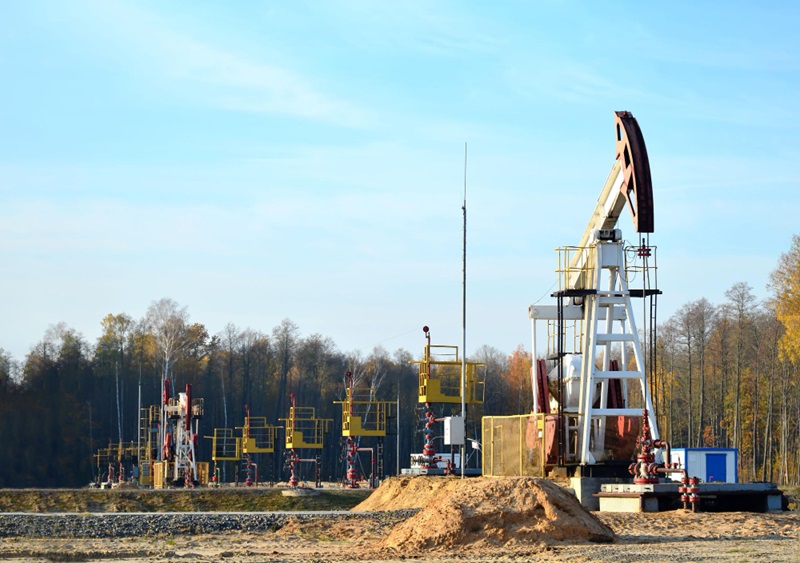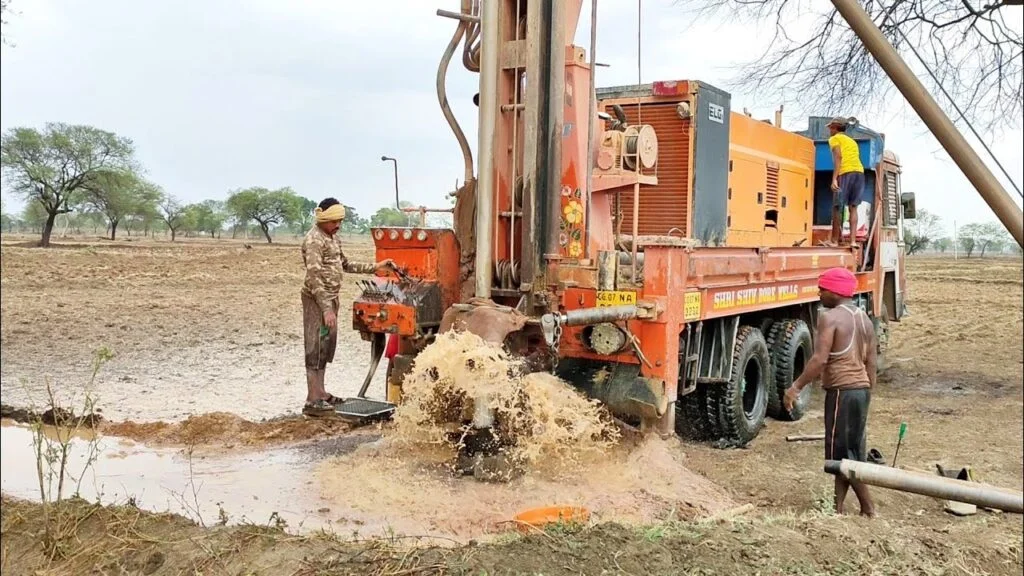Water is an essential resource for daily living, agriculture, and industry. With growing populations and increasing water demand, accessing a reliable water source has become crucial. One of the most effective ways to ensure a steady supply of water is by installing a borewell. Borewells tap into underground water reserves, providing a consistent and sustainable water source. This guide will walk you through the process of borewell installation, covering everything from initial planning to maintenance.
Contents
Understanding Borewells
A borewell is a deep, narrow well drilled into the ground to access water stored in underground aquifers. These wells can range from 100 to over 500 feet deep, depending on the location and water table depth. Borewells are commonly used in areas where surface water sources like rivers and lakes are insufficient or unreliable.
Read More About Borehole Drilling

Planning Your Borewell Installation
Assessment and Site Selection
The first step in borewell installation is assessing the need for a borewell and selecting an appropriate site. This involves:
- Water Demand Analysis: Determine the amount of water required for your household, agricultural, or industrial needs.
- Hydrogeological Survey: Conduct a survey to identify potential groundwater sources. This can involve studying geological maps, consulting with local experts, and performing exploratory drilling.
- Legal Permissions: Ensure you obtain the necessary permits and adhere to local regulations regarding borewell drilling.
Choosing the Right Drilling Method
Several drilling methods can be used for borewell installation, including:
- Percussion Drilling: This traditional method involves repeatedly lifting and dropping a heavy drill bit to break through the ground.
- Rotary Drilling: A more modern technique where a rotating drill bit is used to bore through the soil and rock layers. This method is faster and more efficient.
- DTH (Down-the-Hole) Drilling: Combines percussion and rotary drilling for hard rock formations, providing better efficiency and precision.
Selecting Drilling Equipment
The choice of drilling equipment depends on factors like soil type, depth of the water table, and budget. Common equipment includes:
- Drilling Rig: The primary machine used to drill the borewell.
- Casing Pipes: Installed to prevent the borewell from collapsing and to protect the water from contamination.
- Drill Bits: Various types of drill bits are used depending on the soil and rock conditions.
The Drilling Process
Initial Drilling
The drilling process begins with the setup of the drilling rig at the selected site. The initial drilling phase involves penetrating the surface layers and reaching the aquifer. This phase may involve the use of temporary casing pipes to prevent the borehole from collapsing.
Borehole Construction
Once the aquifer is reached, the borehole is constructed by installing permanent casing pipes. These pipes are typically made of PVC or steel and serve to stabilize the borehole and prevent contamination.
Well Development
After the casing pipes are installed, the well is developed to remove any fine particles and improve water flow. This can be done through techniques like air-lifting, surging, and backwashing.
Pump Installation
The final step is installing a pump to draw water from the borewell to the surface. The type of pump used depends on the borewell depth and water yield. Common types of pumps include submersible pumps and jet pumps.
Post-Installation Considerations
Water Quality Testing
Once the borewell is operational, it is essential to test the water quality to ensure it is safe for consumption and use. Testing should be done for parameters like pH, hardness, microbial contamination, and the presence of heavy metals.
Regular Maintenance
Regular maintenance is crucial to ensure the borewell’s longevity and efficiency. This includes:
- Periodic Cleaning: Remove any accumulated sediments and debris from the borewell.
- Pump Maintenance: Regularly check and service the pump to prevent breakdowns.
- Water Quality Monitoring: Continuously monitor the water quality to detect any changes or contamination.
Legal and Environmental Compliance
Ensure that your borewell complies with all local regulations and environmental guidelines. This includes maintaining proper records, adhering to water extraction limits, and preventing over-extraction.
Benefits of Borewell Installation
Reliable Water Source
A reliable water source is crucial for any community, ensuring consistent access to clean and safe water for drinking, agriculture, and industrial activities. Borewells, in particular, offer a dependable solution by tapping into underground aquifers, providing a steady supply even in regions where surface water is scarce or seasonal. The reliability of a borewell as a water source helps mitigate the impacts of drought and water shortages, supporting sustainable living and economic stability. Properly installed and maintained, a borewell can secure a long-term, unyielding water supply essential for health, productivity, and development.
Cost-Effective
While the initial investment for borewell installation can be significant, it offers long-term cost savings by providing a consistent and reliable water source. Once installed, a borewell reduces dependency on external water supplies, which can be expensive and unreliable. This is particularly beneficial for agricultural and industrial applications where large volumes of water are required. Over time, the cost of drilling and maintaining a borewell can be offset by the reduced expenses associated with purchasing water, making it a financially prudent choice for many households and businesses.

Sustainable
Sustainable practices are essential for ensuring the long-term health and viability of our planet. These practices focus on meeting current needs without compromising the ability of future generations to meet theirs. Sustainability encompasses a wide range of activities, from conserving natural resources and reducing waste to promoting renewable energy and supporting eco-friendly products. By adopting sustainable methods in areas such as agriculture, industry, and daily living, we can mitigate environmental degradation, protect biodiversity, and foster a balanced ecosystem. Emphasizing sustainability not only benefits the environment but also contributes to economic stability and social well-being.
Challenges and Considerations
- High Initial Cost: Borewell installation involves significant upfront costs for drilling and equipment.
- Risk of Drying Up: Over-extraction and changing climatic conditions can lead to borewells drying up.
- Maintenance Requirements: Regular maintenance is essential to ensure the borewell’s efficiency and longevity.
Conclusion
Installing a borewell can be a practical and sustainable solution for accessing a reliable water source. By following the proper planning, drilling, and maintenance steps, you can ensure the successful operation of your borewell for years to come. Whether for household, agricultural, or industrial use, a well-managed borewell can provide the water security needed in today’s demanding environment.



